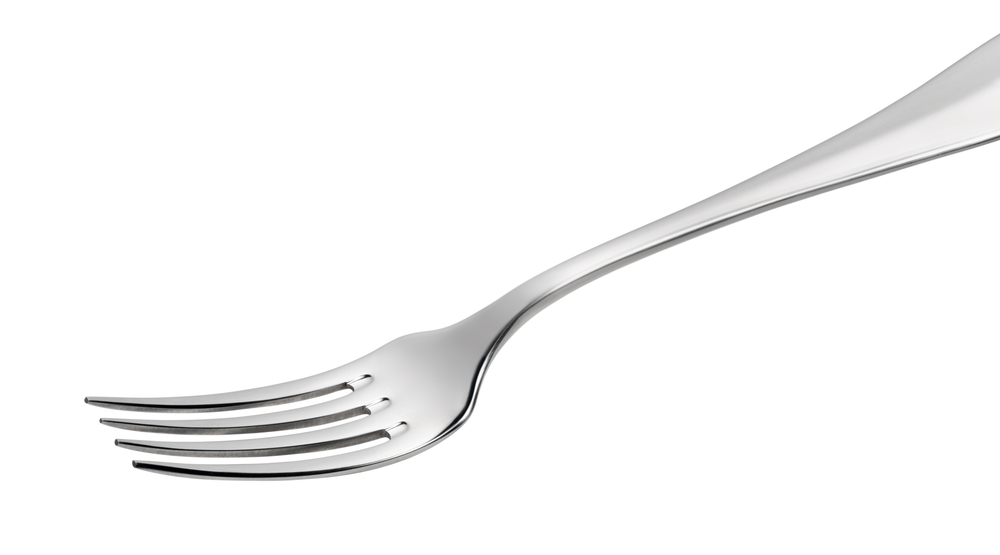What do you do if you see someone with a fork in their eye? As nurses, we instantly think about how to care for that person: Check airway, breathing, circulation. Do I need to stop blood flow? How can I best stabilize the eye waiting for the emergency provider? Is the current environment safe? You’re probably thinking of more assessment data and interventions.
An analogy that I often use to describe my own experiences in tough caregiving situations is to say, “I have a fork in my eye.” I feel distressed by what I’m seeing or feeling. Having a fork in the eye would be painful, irritating, and obstruct the ability to see. Imagine my surprise when Mrs. Bunge gave me one of her serving forks that she had on display as a symbol of welcome, sharing food, and giving.
She didn’t know that when I think of “fork” it’s usually in my eye. Looking through her lens of “welcome, sharing food, and giving,” I reflected that her gift was bigger than the fork itself. Provision 3 (Statements 3.5 and 3.6) of the American Nurses Association Code of Ethics with Interpretive Statements states that we, as nurses, must address questionable practices, including impaired practices. A “fork in my eye” means that I’m impaired; my physical condition isn’t my normal. I may not be able to see clearly. My care for others is in jeopardy. Receiving a fork as a gift, with the intention of conveying “welcome, sharing food, and giving” was a reminder to me, from a trusted colleague, that I matter. My well-being matters and I can and must do something about it if I’m in distress.
Messages and feedback come from many spaces, places, and people. Looking out for each other makes a difference. Listening to the messages our colleagues share matters. Be your own nurse.




















